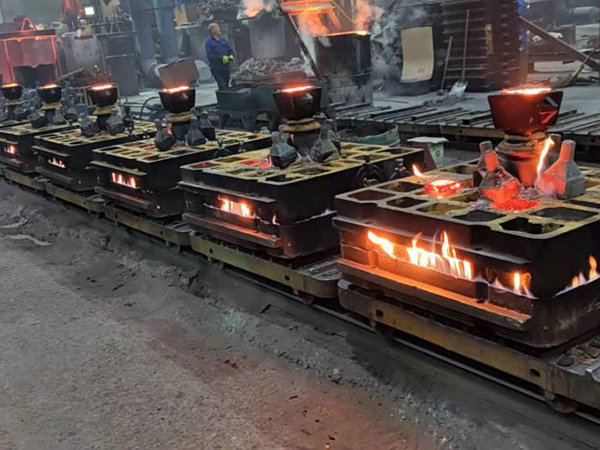The Versatile Applications of Sand-Resin Mixtures
In the realm of construction and materials science, the combination of sand and resin has emerged as a significant innovation, catering to a myriad of applications across various industries. This mixture is primarily utilized in casting, construction, and even in advanced manufacturing processes, showcasing its flexibility and versatility.
At the heart of this combination lies sand, a natural and abundant material that provides structural integrity and resistance. Sand is widely known for its availability and cost-effectiveness, making it an ideal choice in forming molds and cores for metal casting. When mixed with resin, the properties of sand can be enhanced, creating a composite material that is not only durable but also resistant to environmental conditions.
The Versatile Applications of Sand-Resin Mixtures
One of the primary applications of sand-resin mixtures is in sand casting. In metal casting operations, a mold is created by packing sand mixed with resin around a pattern. Once the mold is cured, the pattern is removed, leaving a hollow cavity that can be filled with molten metal. The resultant cast metal parts exhibit excellent surface finish and dimensional accuracy, which is highly sought after in industries such as automotive, aerospace, and machinery.
sand resin mixture

Beyond casting, sand-resin mixtures also find applications in the production of structural components. In construction, these mixtures can be used to create artificial stones or bricks that simulate natural materials. The ability to customize the color, texture, and shape of these components offers designers and architects the freedom to pursue innovative and sustainable building solutions. Furthermore, the use of synthetic resins can enhance the longevity and durability of the structures, reducing the need for frequent repairs and maintenance.
In recent years, the 3D printing industry has also begun to adopt sand-resin mixtures in creating complex geometries and structures. This technology allows for rapid prototyping and production, significantly reducing lead times and material waste. The combination of sand and resin in 3D printing has opened up new possibilities in producing intricate designs that were previously impractical or impossible to achieve with conventional methods.
However, it is essential to consider the environmental impact of using resins, particularly those derived from fossil fuels. Researchers are exploring bio-based alternatives that can serve as eco-friendly binders, allowing for the sustainable production of sand-resin mixtures. Transitioning to greener resins not only aligns with global environmental goals but also caters to a growing market of eco-conscious consumers and businesses.
In conclusion, sand-resin mixtures represent a remarkable synthesis of natural and synthetic materials that has revolutionized multiple industries. Their applications range from traditional metal casting to modern 3D printing and sustainable construction practices. As technology advances and environmental considerations become more prominent, the future of sand-resin mixtures promises to bring innovative solutions that are both efficient and sustainable, making it an exciting field to watch in the coming years.
Post time:Noy . 25, 2024 11:41
Next:resin bonded sand casting
